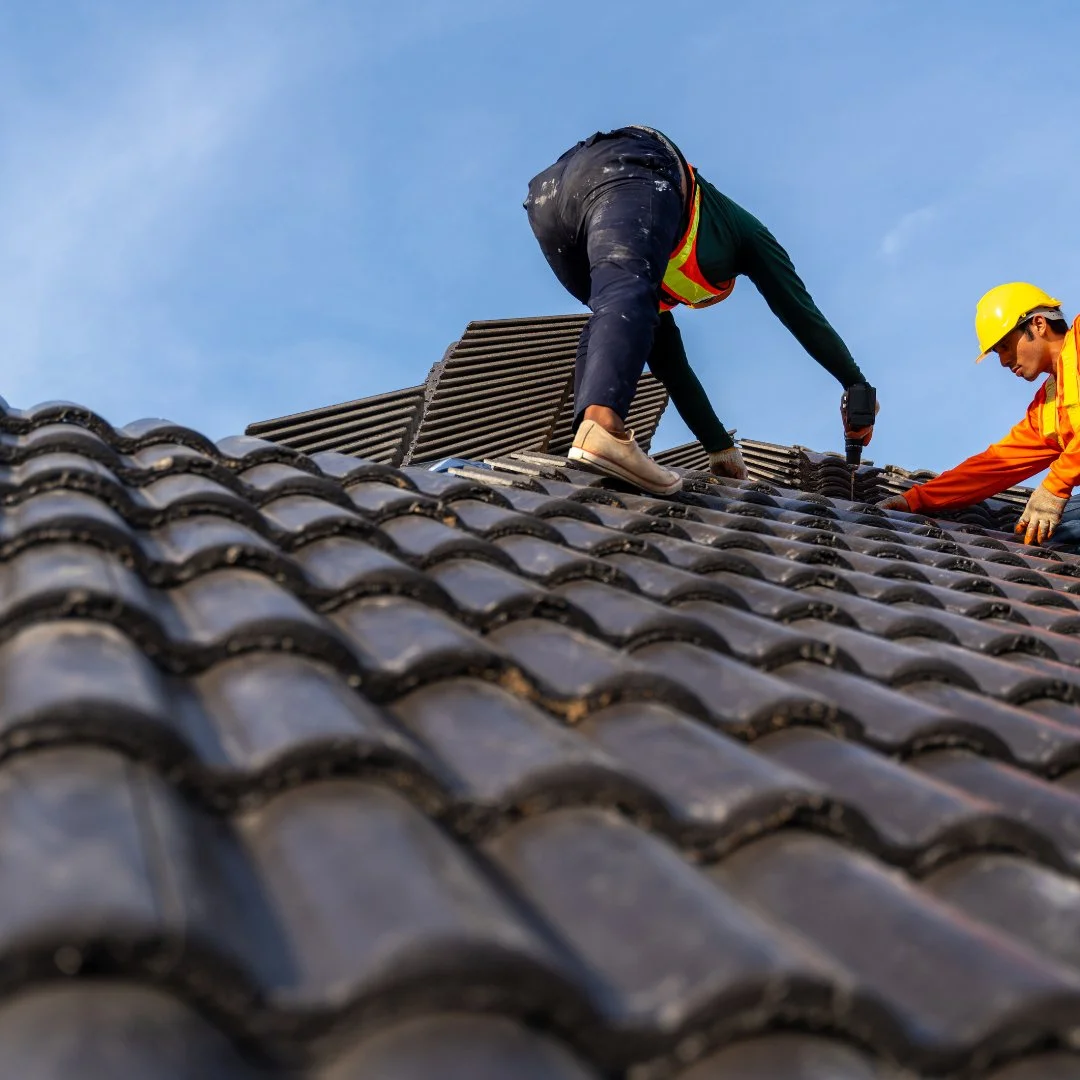Is Fall a Good Time to Replace a Roof in Northern Colorado?
Short answer: yes—often the best time all year. As summer heat eases and winter storms haven’t arrived yet, Northern Colorado homeowners get a narrow, reliable weather window that favors quality installation, safer working conditions, and quicker scheduling. If you live in or around Loveland, Fort Collins, Windsor, Greeley, or the greater Front Range, here’s how to decide whether fall is the right season for your roof replacement—and how to prepare.
Why Fall Works So Well
Moderate temperatures help materials perform
Most asphalt shingles are designed to seal under mild warmth and direct sunlight. In early-to-mid fall, daytime highs typically sit in an ideal range that helps the adhesive strips activate and bond. Crews can also work more efficiently when it’s neither scorching nor freezing, which supports consistent fastening, straight lines, and tidy flashing details.
Fewer weather disruptions
Spring is notorious for hail and fast-moving systems; midsummer brings afternoon thunderstorms; winter brings snow and freeze–thaw cycles. By comparison, early fall (often September through early October at lower elevations) tends to deliver longer dry stretches that reduce mid-project delays and protect newly installed components.
Protect your home before winter loads
Installing in fall gives your new roofing system time to settle and seal before snow loads, chinook winds, and freeze–thaw patterns arrive. That means better protection from ice-damming, wind-driven snow, and moisture intrusion once the cold season sets in. Scheduling, Pricing, and Planning Advantages
Contractor availability: As the peak summer rush tapers, reputable crews often have more flexible calendars. That can shorten your wait time and help you land preferred start dates.
Potential cost efficiency: With steadier crews and fewer weather interruptions, labor efficiency can improve. Some homeowners also find fall is a good time to secure competitive proposals before year-end.
Faster project flow: Moderate temperatures and fewer weather holds mean faster tear-offs, quicker underlayment installation, and cleaner site management.
Material Notes for Northern Colorado
Asphalt shingles: Excellent in fall conditions; sealing is aided by mild warmth and sunlight. Aim to complete installation before consistent overnight lows dip near freezing at your elevation.
Metal roofing: Less dependent on seal activation and highly durable under wind and snow. Proper allowance for thermal movement and well-executed flashing is essential.
Underlayments and ice barriers: In the Front Range, high-quality synthetic underlayments and ice-and-water shield at eaves, valleys, and penetrations help manage snowmelt and freeze–thaw cycles.
Ventilation and insulation: Pairing a new roof with balanced attic ventilation and adequate insulation helps control attic temperatures, reduce ice dam risk, and improve energy performance year-round.
Signs You Shouldn’t Wait for Any Season
While timing matters, certain conditions call for immediate action:
Active leaks, stains on ceilings/walls, or a musty attic odor
Widespread granule loss, curling, or cracked shingles (especially after hail)
Soft decking, sagging planes, or daylight visible from the attic
Failing flashing around chimneys, skylights, or sidewalls
If your roof shows these red flags, a prompt professional assessment can prevent structural damage and mold growth—regardless of the calendar.
What to Expect From a Fall Roof Replacement
Assessment and documentation: A qualified team inspects shingles, decking, flashing, and ventilation. If you’ve had hail, thorough photo documentation supports any insurance conversations.
Weather-aware scheduling: Your contractor coordinates start dates around reliable forecasts and builds in contingencies for wind or rain.
Tear-off and deck prep: Crews remove old layers, re-nail or replace compromised sheathing, and confirm proper fastening patterns.
Underlayment and flashing: Synthetic underlayment, ice-and-water protection where needed, and meticulous flashing at all transitions.
Shingle/metal installation: Installed to manufacturer specs for wind uplift and sealing; ridge caps and ventilation completed last.
Cleanup and QA: Magnetic sweep for nails, haul-away of debris, and a final walkthrough to confirm workmanship.
Insurance, Permits, and Local Considerations
Permits: Most municipalities in Northern Colorado require roofing permits and inspections. Working with a local contractor ensures compliance with current codes.
Insurance claims: If you’re replacing due to storm damage, align the scope with your carrier’s adjuster report, and confirm product specs and code upgrades.
Microclimates: Homes near the foothills or on exposed ridgelines may face higher winds and faster temperature swings—plan your project window accordingly.
How to Prep Your Home Before the Crew Arrives
Move vehicles from the driveway to reserve space for material delivery and the dumpster.
Remove delicate items from walls and shelves; hammering can cause vibrations.
Cover items in the attic to protect from dust.
Mow the lawn before installation—short grass makes post-job magnetic nail sweeps more effective.
Mark sprinkler heads and fragile landscape elements near the eaves.
EEAT in Practice: Why Wood Street Builders
Experience: Our team installs and services roofing systems across Loveland and Northern Colorado, year after year, in real Front Range conditions.
Expertise: We specify materials and details suited to high UV exposure, wind events, and freeze–thaw cycles—backed by manufacturer training.
Authoritativeness: We follow local codes, document roof conditions thoroughly, and provide clear, written scopes so you know exactly what’s included.
Trustworthiness: Transparent pricing, site protection, daily communication, and documented warranties on products and workmanship.
FAQs: Fall Roof Replacement in Northern Colorado
1) What months are best for replacing a roof in the Loveland area?
Early fall (often September into early October at lower elevations) is a strong window—milder temps, fewer storms, and time for shingles to seal before winter.
2) Can shingle roofs be installed when nights are cold?
Yes, but consistent overnight freezes can slow sealing. A knowledgeable crew will adjust timing, use proper fastening, and plan for sunlight exposure to activate sealant.
3) Is metal roofing a good option for the Front Range?
Metal performs very well against wind, snow, and hail when detailed correctly. Expansion/contraction allowances, snow retention (where appropriate), and flashing quality are key.
4) Should I wait until spring if my roof is only mildly worn?
If there are no leaks or soft decking and your fall window is closing, spring can work. But if you’re already seeing active leaks, significant granule loss, or storm damage, don’t wait.
5) Will a fall install disrupt my landscaping?
Crews protect plantings and hardscapes, but some foot traffic is inevitable. Mowing beforehand, marking sprinklers, and moving planters/backyard furniture helps minimize impacts.
6) Do I need to be home during installation?
Not necessarily. Many homeowners aren’t. We keep you updated daily and schedule key walkthroughs around your availability.
Ready to Replace Before Winter?
If you’ve been considering a new roof, fall is a smart time to act. You’ll lock in quality installation conditions, protect your home before winter, and start the season with a weather-tight system built for Northern Colorado.
Wood Street Builders serves Loveland, Fort Collins, Windsor, Greeley, and nearby communities with roof replacements, inspections, and repairs tailored to our climate.
Call Wood Street Builders or contact us online today to schedule your roof assessment and estimate. Let’s get your project on the fall calendar—so you’re ready for whatever winter brings.

